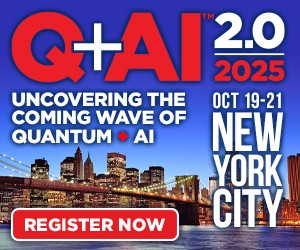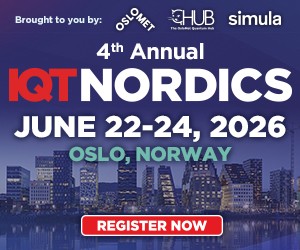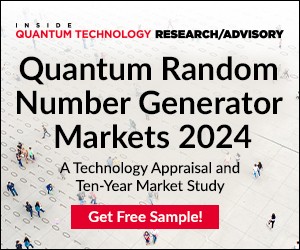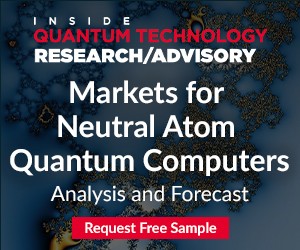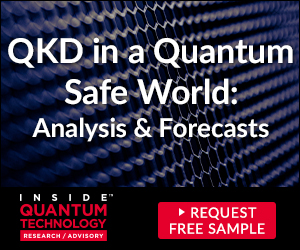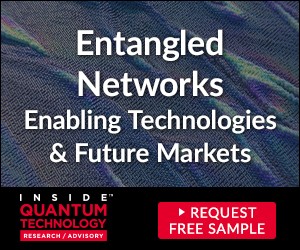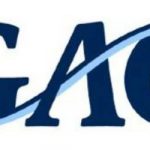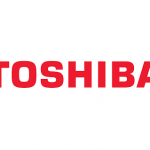Removing Barriers to a Quantum-Smart Workforce
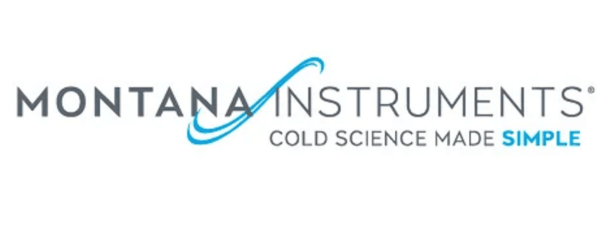
(Sponsored: Montana Instruments) Just when you thought you couldn’t lose any more sleep over supply chain issues, here’s more bad news: the pace of technology development may get worse before it gets better without a workforce of trained men and women who know what they’re doing with the widgets. This will be generally true in the quantum world, and especially painful in the world of cryogenics.
Biggest Challenges, Preferred Degrees
In a February 2021 survey of its members conducted on behalf of the Quantum Economic Development Consortium (QED-C), the two biggest challenges in hiring qualified workers were 1) Too few with required specialized knowledge; and 2) Lack of hands-on experience (lab work, internships, etc.).
Respondents of the survey spanned the quantum supply chain, “including suppliers, systems developers, software and application developers, end users, and service providers (e.g., analyst, legal, investors).” Specifically, regarding cryogenics, the top two preferred degrees were a master’s or PhD in Mechanical Engineering, and a master’s in physics or Applied Physics, each of which requires lab work of a particular quality and quantity that cannot be relegated to books.
But where does one go (and what does one need) to gain the necessary knowledge and hands-on cryogenic training for use in quantum research and industry? And who pays for it (and how)?
Tools & Training
In a recent partnership between the National Science Foundation, Montana State University, and the University of Arkansas, NSF allocated $20 million to establish the MonArk Quantum Foundry. The goal of this collaboration is “to accelerate the development of quantum materials and devices,” but also to bring the technology beyond major research universities to smaller colleges (and perhaps even junior colleges) and provide hands-on training to more students.
Jason Carter, Montana State’s vice president for research, economic development and graduate education, noted that MonArk will provide unprecedented learning experiences for students at Montana State, and ‘will contribute significantly to workforce development in quantum technologies.’”
The foundry will team with industrial partners to create two 2D Quantum Materials Pipelines, one based at Montana State and one at the University of Arkansas.
“There are a lot of ideas behind what you can do and that’s why it’s so rich,” said Yves Idzerda, the director of the MonArk Quantum Foundry, dean of the College of Letters and Science and professor in the Department of Physics at Montana State. “That’s why we need partners. We have nearly 100 materials you can exfoliate into layers, 100 starting building blocks. There are so many materials and so many ideas that all we are hampered by is the number of people working on them.”
Montana Instruments’ CryoCore
As if on cue, high-end cryogenic equipment manufacturer Montana Instruments announced the release of their newest and most affordable to-date cryo system, the CryoCore®. A low-vibration, cryogen-free system that allows researchers to access extremely cold temperatures without multiple pieces of equipment, CryoCore® runs just under $50,000, compared to Montana Instruments’ other models priced near $100,000. The CryoCore® has touchscreen capabilities, automated cooldowns, and performance close to the company’s standard line.
Much of Montana Instruments’ customer base uses cryogenic technology to explore new quantum materials, selling to virtually every quantum materials research lab in the world, some of which are building quantum computers. The company hopes that the CryoCore®’s lower price point will enable smaller colleges, companies, and educational/research labs to get into cryogenics and quantum physics without prohibitive equipment costs.
Toward Quantum Advantage
In November 2018, congress passed the National Quantum Initiative Act, which allotted $1.3 billion to national labs for quantum mechanics and quantum computing technology. In addition to research, the legislation included a convergence of industry, academia, and government in the Quantum Economic Development Consortium (QED-C).
Montana Instruments founder Luke Mauritsen has been part of the QED-C from its inception. In November 2019, Mauritsen hosted 50 of the nation’s cryogenics and quantum experts for a two-day working session in Bozeman to build a roadmap for cryogenics. One of the largest takeaways from the conference was the need to jumpstart the industry, and many leaders identified cost as the most significant barrier to widespread technological advance.
More recently, Mauritsen was appointed as a member of the National Quantum Initiative Advisory Committee (NQIAC) to advise the White House and Department of Energy on quantum supply chain and workforce strategy to support the industry’s growth in pursuit of quantum advantage.
With its CryoCore® system built to expand the entry points to the cryogenic and quantum arenas, Montana Instruments is making a way for greater quantum education, research, industry, and supply chain success, as well as training the hands of a workforce ready to change the world.
Learn More
Montana Instruments founder Luke Mauritsen will be speaking at IQT NY (November 1-5). Check out the “Future Opportunities for Cryo Systems for Quantum” panel on November 3, from 12:50-1:15 p.m. EST.
To learn more about Montana Instruments and their cryogenic systems to make cold science simple, visit their website at www.montanainstruments.com










